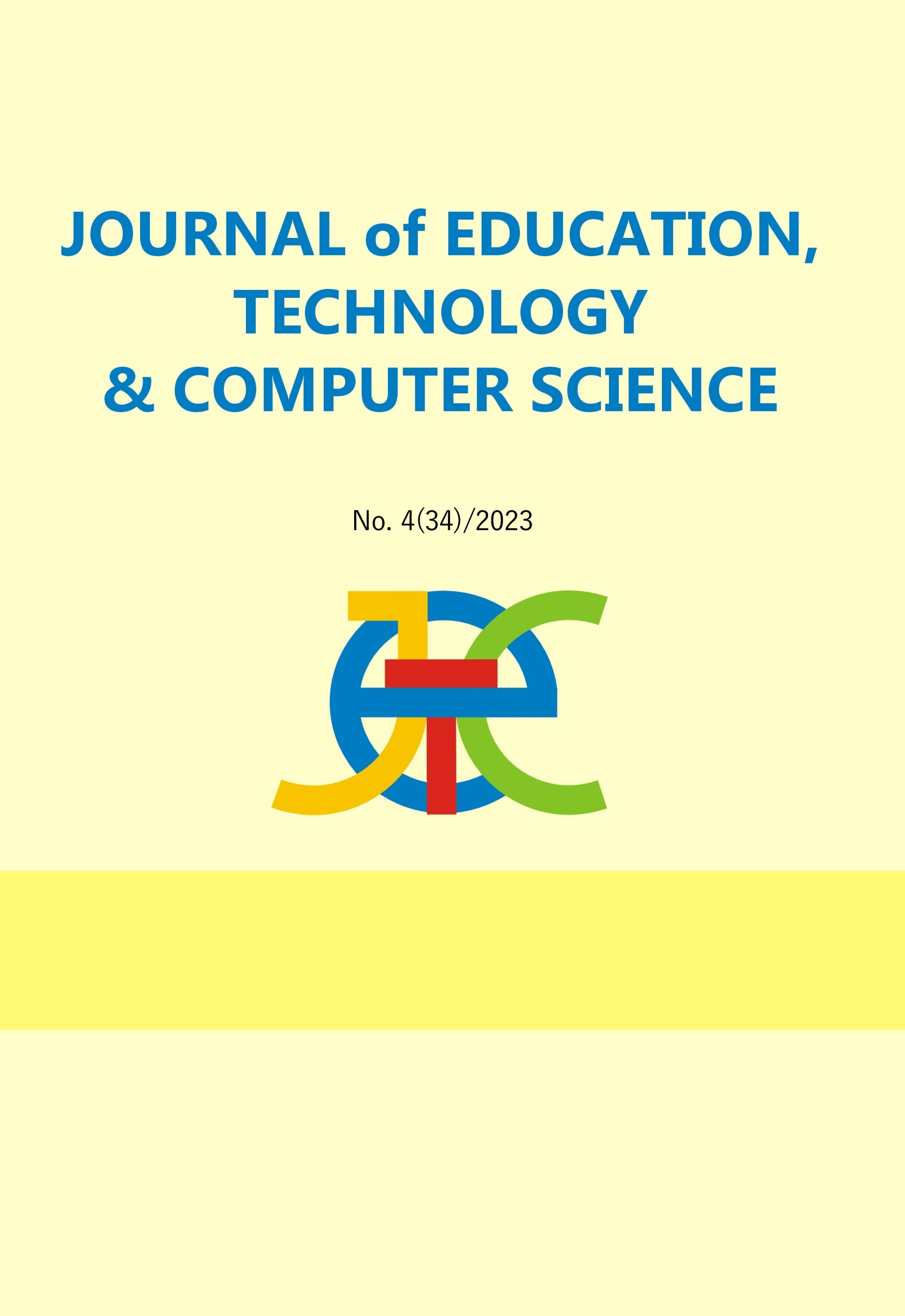Didactic Film in Computer-Aided Education of People with Visual and Hearing Impairments
DOI:
https://doi.org/10.15584/jetacomps.2023.4.17Słowa kluczowe:
: didactic film, YouTube Analytics, e-learning, educational process, deaf people, blind peopleAbstrakt
Artificial intelligence mechanisms enable fast speech transcription and printed text recognition (Optical Character Recognition). Speech synthesizers for reading any digital documents have also become popular. In most cases, these are free solutions that can significantly support the education and functioning of people with visual and hearing impairments. Unfortunately, the knowledge of parents and caregivers on this subject is insufficient. Bearing this in mind, a suitable series of educational videos was prepared and published on YouTube. Subsequently, research was conducted to determine whether and to what extent there is a demand for video materials on this topic. For this purpose, the method of implicit observation was used, carried out using YouTube Analytics mechanisms. Its results are available in the form of numerous reports and summaries. Based on the collected materials, a considerable interest in the study was found. It was possible to determine which issues are of particular interest to the recipients. The obtained results will allow for further development of the educational offer.
Pobrania
Opublikowane
Jak cytować
Numer
Dział
Licencja
Prawa autorskie (c) 2023 Journal of Education, Technology and Computer Science

Utwór dostępny jest na licencji Creative Commons Uznanie autorstwa – Na tych samych warunkach 4.0 Miedzynarodowe.

